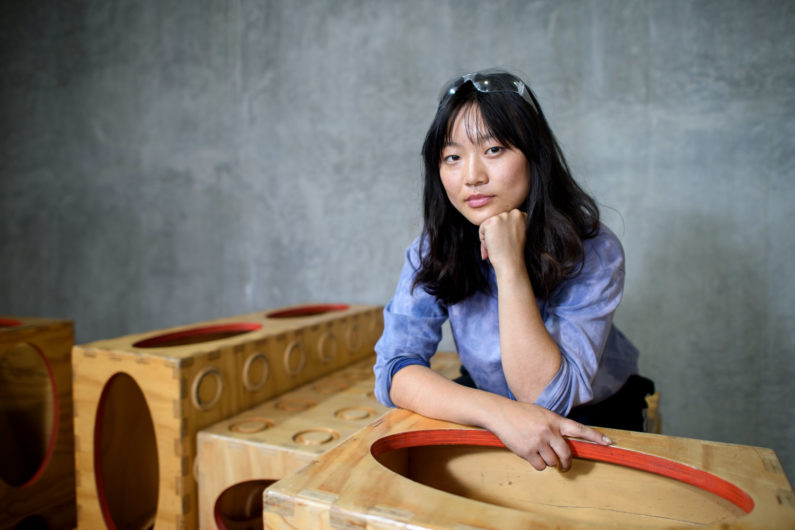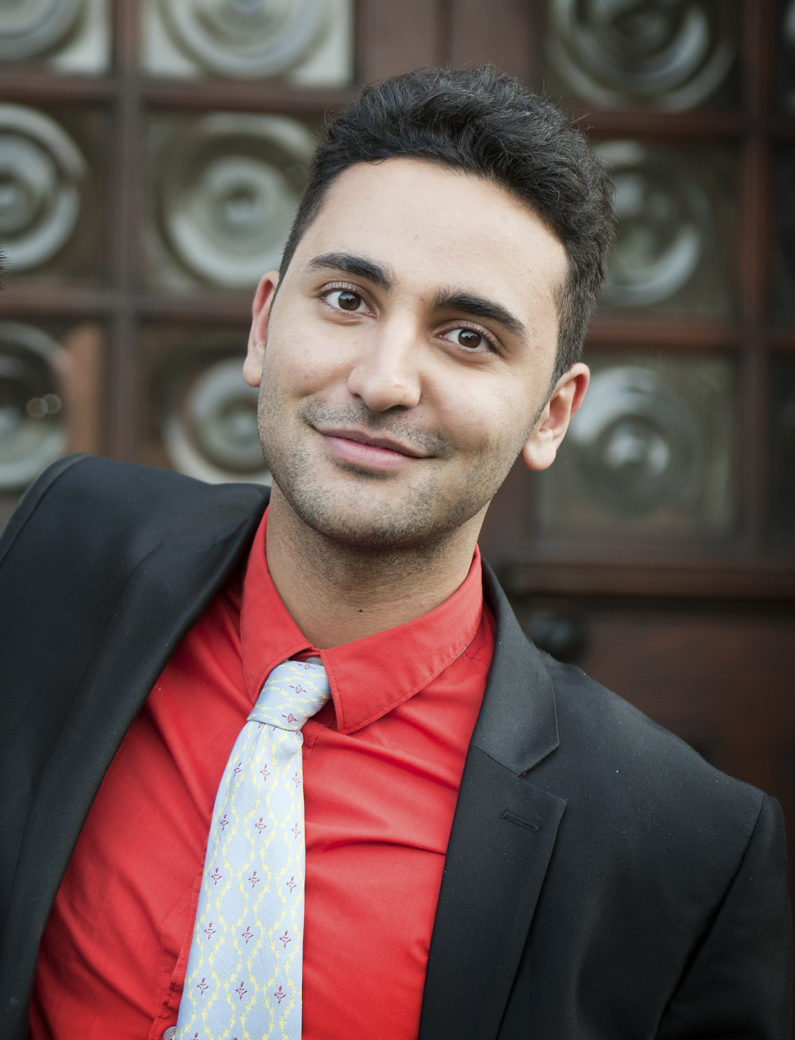New Stanford student group bridges the arts, sciences and engineering
The group’s first art exhibition reflects knowledge-gathering and knowledge-making that are hallmarks of the university.
When two students saw more division than unity between the different academic disciplines on Stanford’s campus, they decided to build a community and call it ArtX.
Launched in 2017 by Stanford students Ramin Ahmari, BS ’18 and MS ’18, and Katherine Yang, BS ’20, ArtX is an interdisciplinary creative collective that aims to bridge divides between the arts, sciences and engineering, and change the campus culture.
ArtX is holding its first public event, an exhibition titled exponentiate that brings together the first cohort of student artists who embody the interdisciplinary ethos of the newly formed collective in a space for the wider Stanford community. The 8-hour exhibition is hosted by the Design Impact Program in the Atrium of the Peterson Building, 550, on Friday, March 16, from noon to 8 p.m.
“This exhibition will reflect the innovation and the crazy knowledge-gathering and knowledge-making that drives this campus,” said Yang, who was one of six jurors to select the 11 works in the exhibition. “Exponentiate is an exhibition set to congregate people who stay fiercely independent in their ideas to create their own artifacts that embody the ethical and philosophical ideas that arise in response to all the developments we’re making at Stanford,” said Yang.
A self-described international nomad, Ahmari was born and raised in Germany to parents of Iranian descent. He attended secondary school in the United Kingdom before coming to Stanford as a computer science major with a minor in art history. He approached Yang, an award-winning artist and entrepreneur from Auckland, New Zealand, about starting an art science club. They quickly recruited friends with a knack for combining broad interests in creative ways to join the group.
“I have had experience putting together and exhibiting in interdisciplinary art shows, particularly with bioluminescent bacteria as the artistic media and more recently a VR art show, art tutoring and organizing art communities,” said Yang, who is studying product design with the goal of using art, institutions and technology to affect social change.
Ahmari and Yang called the group ArtX, playing off the mathematical concept that the exponent is more powerful than the base. In this case, ‘X’ can be any variable, for example, virtual reality, structural engineering, artificial intelligence or bioluminescence. “Intersectionality is the core constituent of our student organization and is thus represented by our exponentiation and intercrossing with the ‘X’,” Ahmari said.
Ahmari and Yang say they hope ArtX can be a model for their lives after Stanford. Yang said, “I want my future career to be fluid in modes of thinking as I think it would be stifling to deny the synchrony between the art of scientific and technological pursuits and the science and technology of artistic pursuits.”


